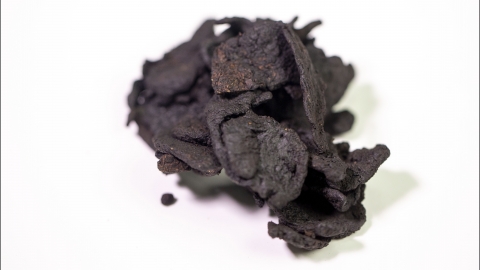Is it okay to cook a soup with prepared Rehmannia root, Astragalus seed, and white peony root together?
Generally speaking, Sh熟地黄 (Rehmannia root), Sh沙苑子 (Cynomorium fruit), and 白芍 (peony root) can be cooked together in a soup. However, it is advisable to consult a qualified physician before use. Detailed explanation is as follows:

The medicinal properties of these three herbs—Sh熟地黄, Sh沙苑子, and 白芍—do not conflict significantly. When cooked together in a soup, their respective effects can better complement each other. The sweet, warm, and nourishing nature of Sh熟地黄 harmonizes with the warm property of Sh沙苑子, counteracting the slightly cold nature of 白芍 and resulting in a more balanced soup suitable for most people. During cooking, water fully penetrates the herbs, allowing active ingredients such as polysaccharides from Sh熟地黄 and glycosides from 白芍 to dissolve more effectively into the soup, thereby enhancing absorption and achieving a synergistic effect of nourishing the blood and Qi and benefiting the liver and kidneys. Additionally, combining these herbs does not produce unpleasant odors, and although the resulting soup may have a slightly medicinal taste, this can be balanced by adding complementary ingredients, making it more palatable and easier to accept.
When preparing the soup, it is important not to use excessive amounts of Sh熟地黄, as this may make the soup overly rich and greasy. Ingredients such as red dates and wolfberries can be added to improve flavor and enhance nourishing effects. The cooking time should be sufficient, as Sh熟地黄 is relatively hard in texture. It is recommended to soak it for half an hour before cooking, then simmer all the herbs together. After boiling over high heat, reduce the heat and simmer for at least 30 minutes. For individuals with weak spleen and stomach function, adding slices of ginger to the soup can help mitigate the potential digestive discomfort caused by Sh熟地黄. If symptoms such as abdominal distension or loss of appetite occur after consumption, reduce the dosage or discontinue use temporarily.




